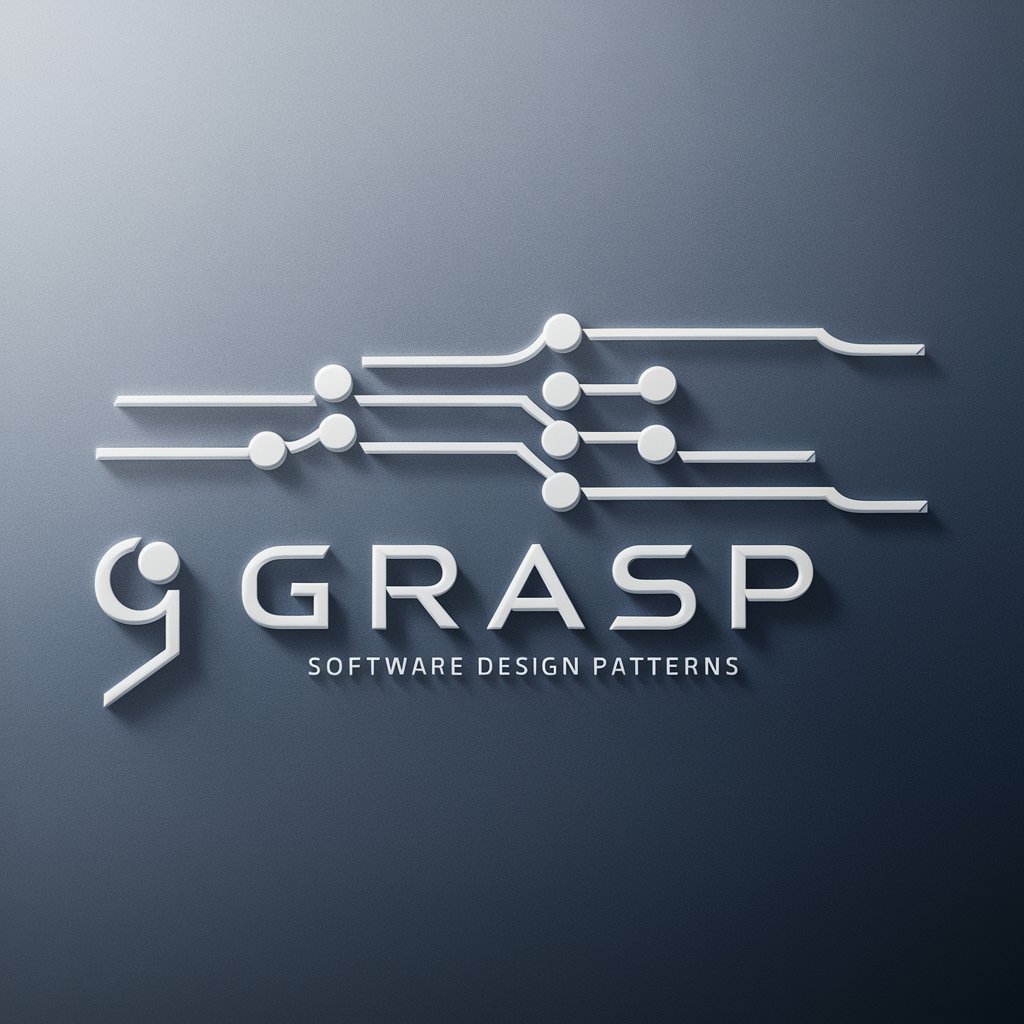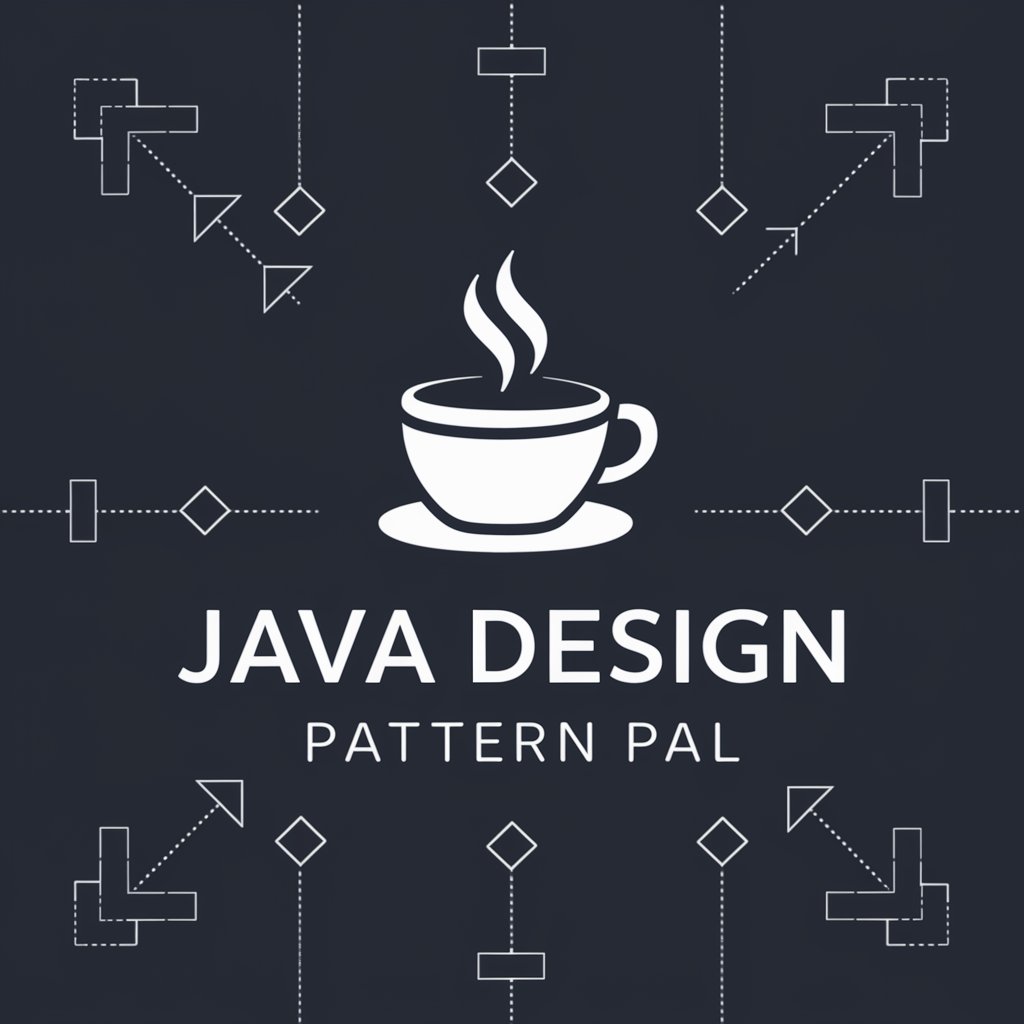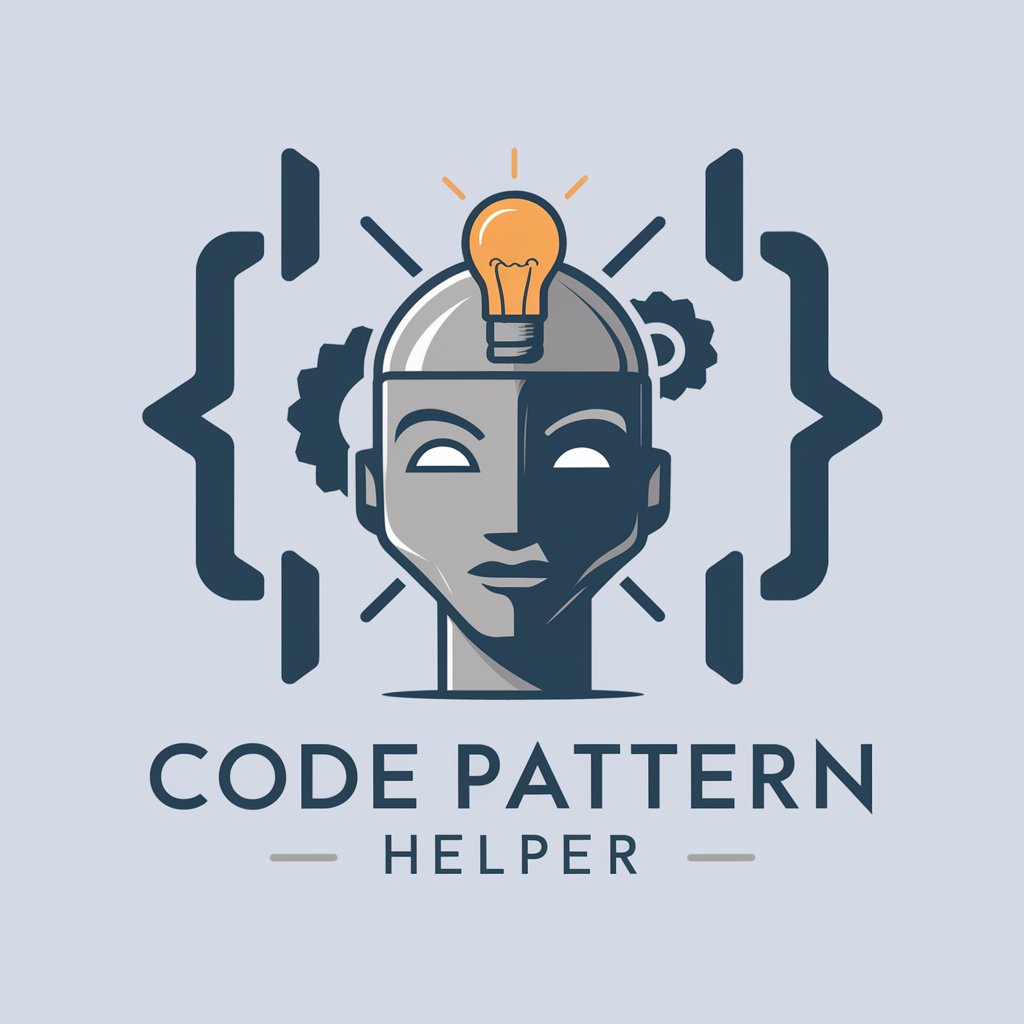
Exercicios de Design Pattern - Design Pattern Guidance
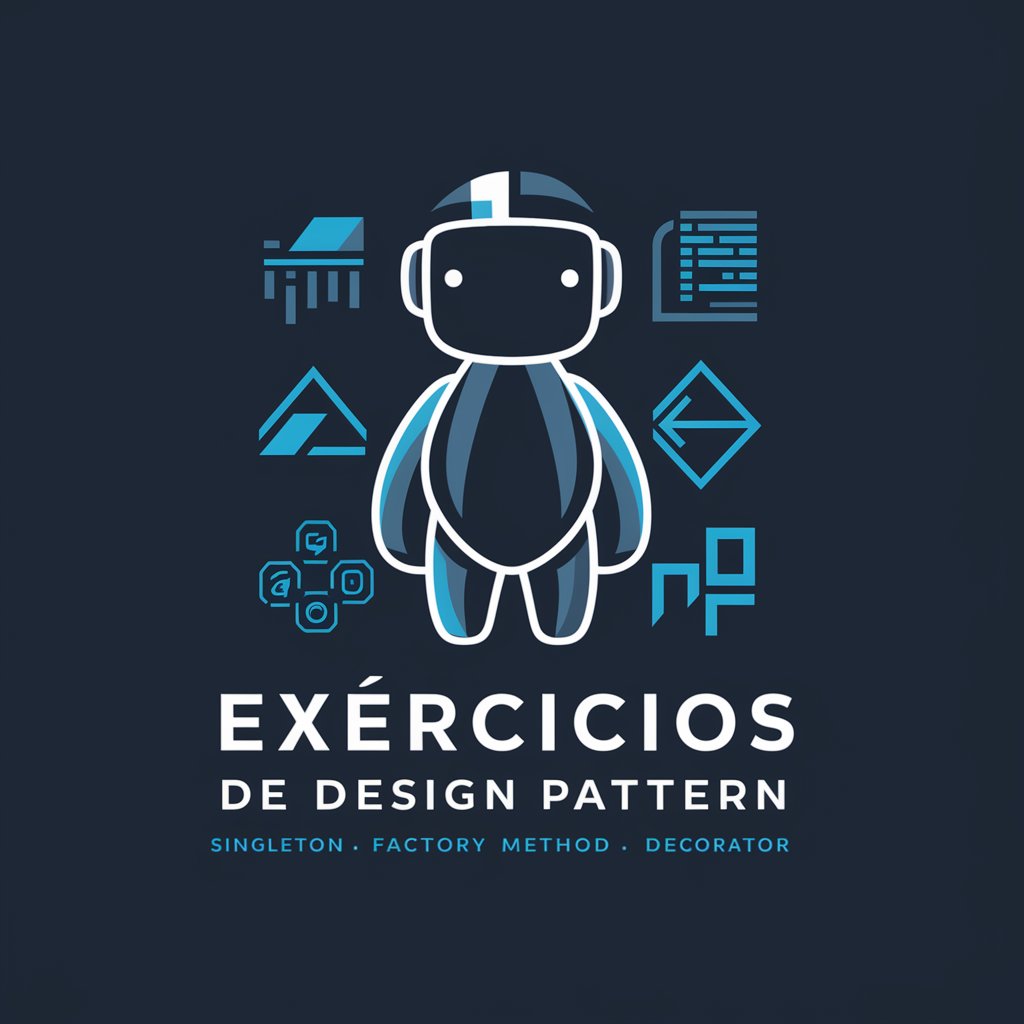
Welcome to Exercicios de Design Pattern, your expert guide in software architecture.
Empower your code with AI-powered design pattern expertise.
Guide me through implementing the Singleton pattern in a Java application.
How can I use the Factory Method pattern for my payment system?
Explain the benefits of the Decorator pattern in a flexible design.
What are the advantages of using the Observer pattern for event handling?
Get Embed Code
Introduction to Exercicios de Design Pattern
Exercicios de Design Pattern is a specialized service designed to assist users in understanding, implementing, and applying various design patterns in software development projects. Its primary purpose is to provide step-by-step guidance, focusing on core design patterns such as Single Responsibility Principle, Polymorphism (interfaces), Dependency Injection, Singleton, Factory Method, Abstract Factory, Observer, and especially Decorator pattern. Through practical examples and scenarios, it elucidates the application of these patterns, aiding in code organization, bug resolution, and enhancement of code structure without altering the original design. This service is invaluable for incorporating best practices into development projects, ensuring scalability, maintainability, and efficient code reuse. Powered by ChatGPT-4o。

Main Functions of Exercicios de Design Pattern
Guidance on Implementing Design Patterns
Example
Providing a step-by-step guide to implement the Observer pattern in a real-world application, such as a weather monitoring system where changes in weather data automatically update displays.
Scenario
A developer is tasked with enhancing a weather application to support multiple display elements that need to update in real-time when weather data changes.
Code Structure Optimization
Example
Assisting in refactoring a complex system using the Decorator pattern to add new functionalities to objects dynamically without modifying their internal structure.
Scenario
A software engineer needs to extend the functionalities of a video streaming service to support different types of subscriptions and add-ons without overhauling the existing codebase.
Bug Resolution and Code Completion
Example
Helping to identify and fix bugs in existing code that uses design patterns incorrectly, or completing a partially implemented pattern.
Scenario
A developer encounters a bug in an application where the Singleton pattern is incorrectly implemented, leading to multiple instances of a class that should only have one instance.
Educational Support
Example
Providing educational support for students and professionals learning about design patterns through practical coding exercises and real-life examples.
Scenario
A computer science student is preparing for an exam on design patterns and needs to understand the practical application of the Abstract Factory pattern in GUI development.
Ideal Users of Exercicios de Design Pattern Services
Software Developers and Engineers
Professionals looking to enhance their coding practices, solve complex design issues, or learn how to effectively implement design patterns in their projects for improved code maintainability and scalability.
Computer Science Students
Students seeking a deeper understanding of design patterns beyond theoretical knowledge, aiming to apply these patterns in academic projects or prepare for software development careers.
Project Managers and Technical Leads
Technical leads and project managers who must oversee the architectural aspects of software projects can benefit from understanding design patterns to guide their teams towards efficient and sustainable codebase organization.
Educators and Trainers
Educators looking for resources to teach design patterns in a more applied and engaging manner, enhancing students' learning experience through practical examples and exercises.

How to Use Exercicios de Design Pattern
1
Visit yeschat.ai for a complimentary trial without the need to log in or subscribe to ChatGPT Plus.
2
Select 'Exercicios de Design Pattern' from the available tools to start exploring design pattern exercises tailored to your needs.
3
Choose a specific design pattern topic you're interested in, such as Decorator, Singleton, or Observer, to focus your study or practice.
4
Submit your code or design pattern exercise query directly into the tool interface for analysis, guidance, or completion suggestions.
5
Utilize the feedback and suggestions provided to refine your understanding and application of design patterns in your software development projects.
Try other advanced and practical GPTs
Focus
Sharpen Your Focus with AI

Cryptocurrency
Empowering your blockchain journey with AI.

Android Studio GPT
Empowering your Android app development with AI.

Mushrooms
Unveiling the World of Mushrooms with AI
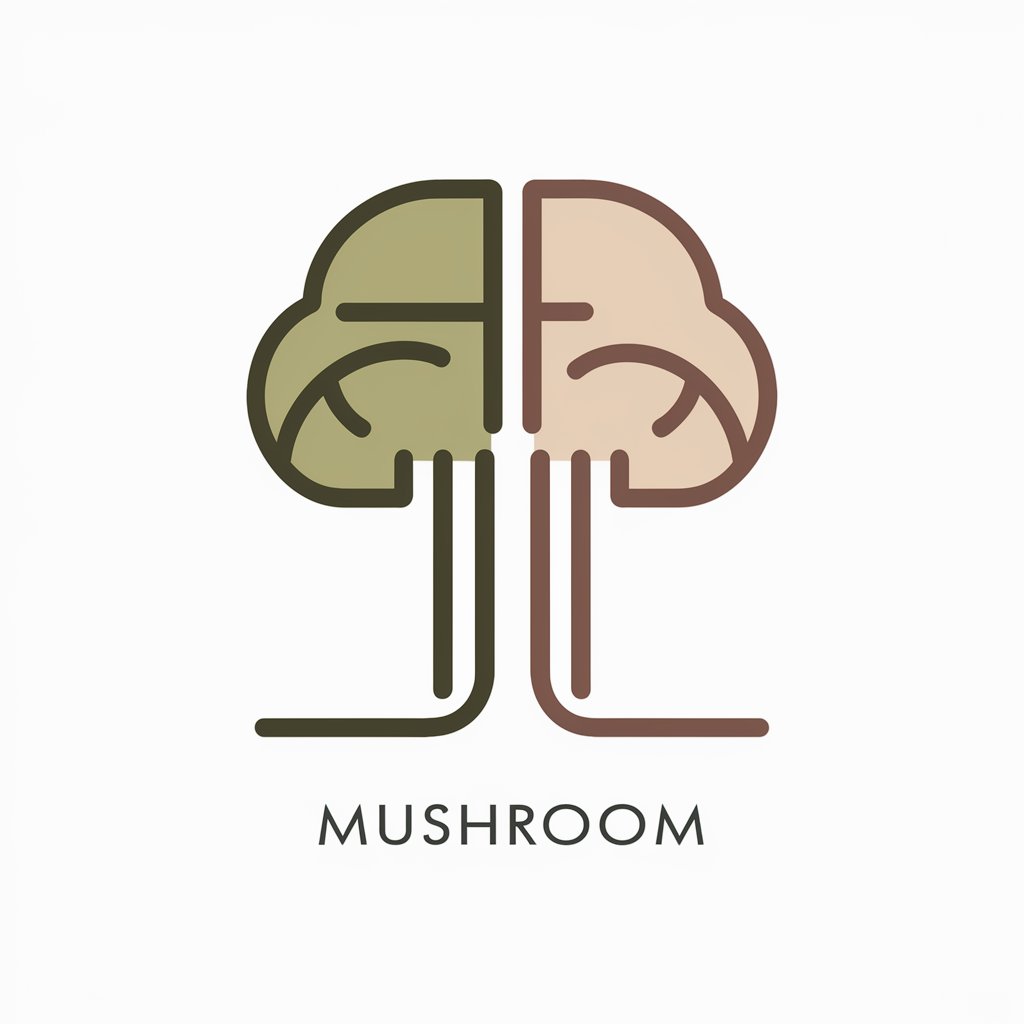
Jungle Plants
Transform spaces with AI-powered jungle plant care.

Pro Tips
Empowering decisions with AI-driven insights

Laravel 10 Dev Guru
Empowering Laravel Development with AI

Steel and Bolting
AI-Powered Structural Engineering Insights

PHP Prodigy
Elevate Your PHP Skills with AI-Powered Insights

Drupal Maestro
Empowering Drupal development with AI
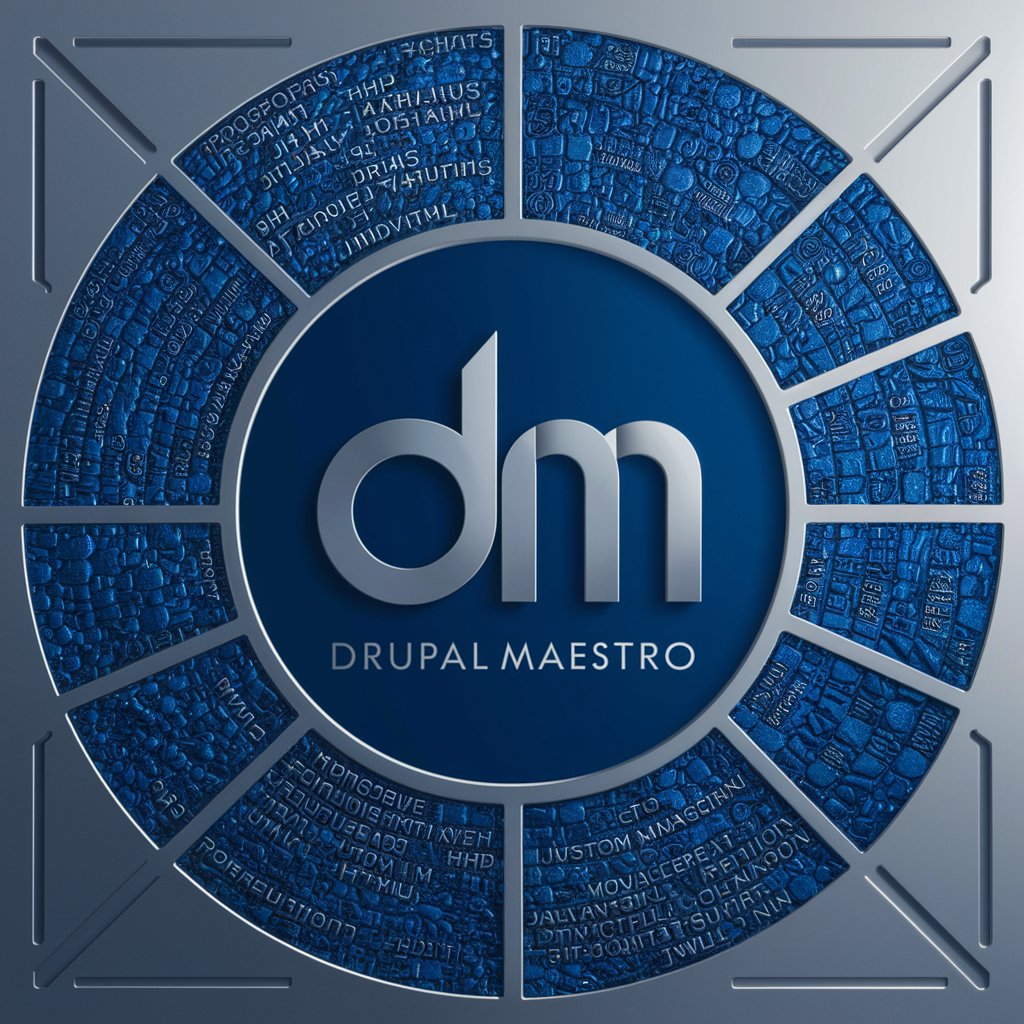
Rapporteur Web Hebdo
Streamline Your Web Development Reporting

Multi-Cloud Navigator
AI-Powered Cloud Navigation at Your Fingertips

Exercicios de Design Pattern Q&A
What design patterns does Exercicios de Design Pattern specialize in?
It specializes in a variety of design patterns including but not limited to Singleton, Factory Method, Abstract Factory, Observer, and particularly focuses on the Decorator pattern.
Can I use Exercicios de Design Pattern for real project code reviews?
Yes, you can use it for reviewing real project code to identify potential improvements or to apply design patterns more effectively in your software architecture.
Is Exercicios de Design Pattern suitable for beginners?
Absolutely, it's designed to assist users at all levels, offering step-by-step guidance and explanations to help beginners understand and apply design patterns correctly.
How does Exercicios de Design Pattern help in optimizing code?
By providing targeted advice on implementing design patterns, it helps optimize code for maintainability, scalability, and efficiency, reducing redundancy and enhancing code structure.
Can Exercicios de Design Pattern generate code?
While it primarily offers guidance and suggestions, it can help outline how design patterns can be implemented in your code, aiding in code development and structure refinement.



